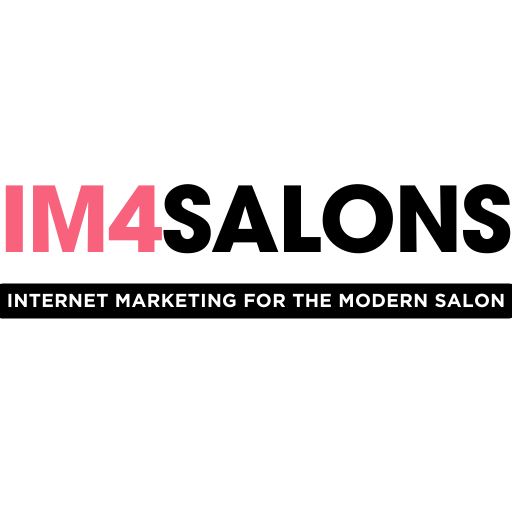In the competitive world of the beauty industry, having a stunning website is just the beginning. To ensure your salon stands out in the digital landscape and attracts clients organically, it’s essential to optimize your website for search engines. Search Engine Optimization (SEO) is the key to improving your website’s visibility on search engine results pages. In this blog post, we’ll explore essential SEO tips tailored for salons to help your website shine and draw in the right clientele.
1. Keyword Research:
Start your SEO journey by conducting thorough keyword research. Identify the keywords and phrases potential clients might use when searching for salon services in your area. Include a mix of broad and specific keywords related to your specialties, such as “haircut,” “hair color,” or “spa services.” Integrate these keywords naturally into your website content, including headers, meta descriptions, and image alt tags.
2. Local SEO Optimization:
Salons rely heavily on local clientele. Ensure your website is optimized for local searches by including location-specific keywords and phrases. Claim and optimize your Google My Business listing with accurate business information, such as your salon’s name, address, phone number, and operating hours. Encourage satisfied clients to leave positive reviews on your Google My Business page, as reviews contribute to your local search ranking.
3. Optimize Images for Search:
The visual appeal of a salon is crucial, but don’t overlook the importance of optimizing images for search engines. Use descriptive file names for your images, include alt text that describes the image content, and compress images to ensure fast loading times. This not only enhances the user experience but also contributes to better SEO.
4. Create High-Quality Content:
Content is king in the world of SEO. Create engaging, informative, and relevant content that showcases your expertise and services. Blog posts about the latest trends, styling tips, or beauty advice not only provide value to your audience but also attract organic traffic. Regularly update your blog to signal to search engines that your website is active and relevant.
5. Mobile-Friendly Design:
A significant portion of internet users accesses websites through mobile devices. Ensure your salon’s website is mobile-friendly, as Google considers mobile compatibility a ranking factor. A responsive design ensures a seamless experience for users across different devices, contributing to improved search rankings.
6. Speed Optimization:
Page loading speed is a critical factor in SEO. Users are more likely to leave a website if it takes too long to load. Optimize your website’s speed by compressing images, minimizing the use of large files, and utilizing browser caching. Tools like Google PageSpeed Insights can provide insights into areas for improvement.
7. Social Media Integration:
Social signals are becoming increasingly important in SEO. Integrate your salon’s social media profiles into your website, and encourage clients to share your content on platforms like Instagram, Facebook, and Pinterest. Social media mentions and shares contribute to your online visibility and can positively impact search rankings.
8. Implement Schema Markup:
Schema markup provides additional context to search engines about the content on your website. For a salon website, you can use schema markup to highlight essential information such as services offered, pricing, and customer reviews. This structured data can enhance your search engine presence and attract users looking for specific salon details.
9. Regularly Update Your Website:
Search engines favor websites that consistently provide fresh and relevant content. Regularly update your website by adding new services, updating your portfolio, or refreshing your blog. This signals to search engines that your website is actively maintained and relevant to current trends.
10. Monitor and Analyze Performance:
Utilize tools like Google Analytics and Google Search Console to monitor your website’s performance. Track key metrics such as organic traffic, bounce rate, and keyword rankings. Analyzing this data can help you identify areas for improvement and refine your SEO strategy over time.
In conclusion, implementing these SEO tips for salons can significantly enhance your website’s visibility, attract the right audience, and ultimately contribute to the growth of your salon business. Remember that SEO is an ongoing process, and staying abreast of industry trends and algorithm changes is crucial for sustained success in the digital landscape. As you optimize your website, you’re not just improving its search engine rankings; you’re ensuring that your salon shines brightly in the online realm, drawing in clients who are ready to experience the beauty and expertise your salon has to offer.
